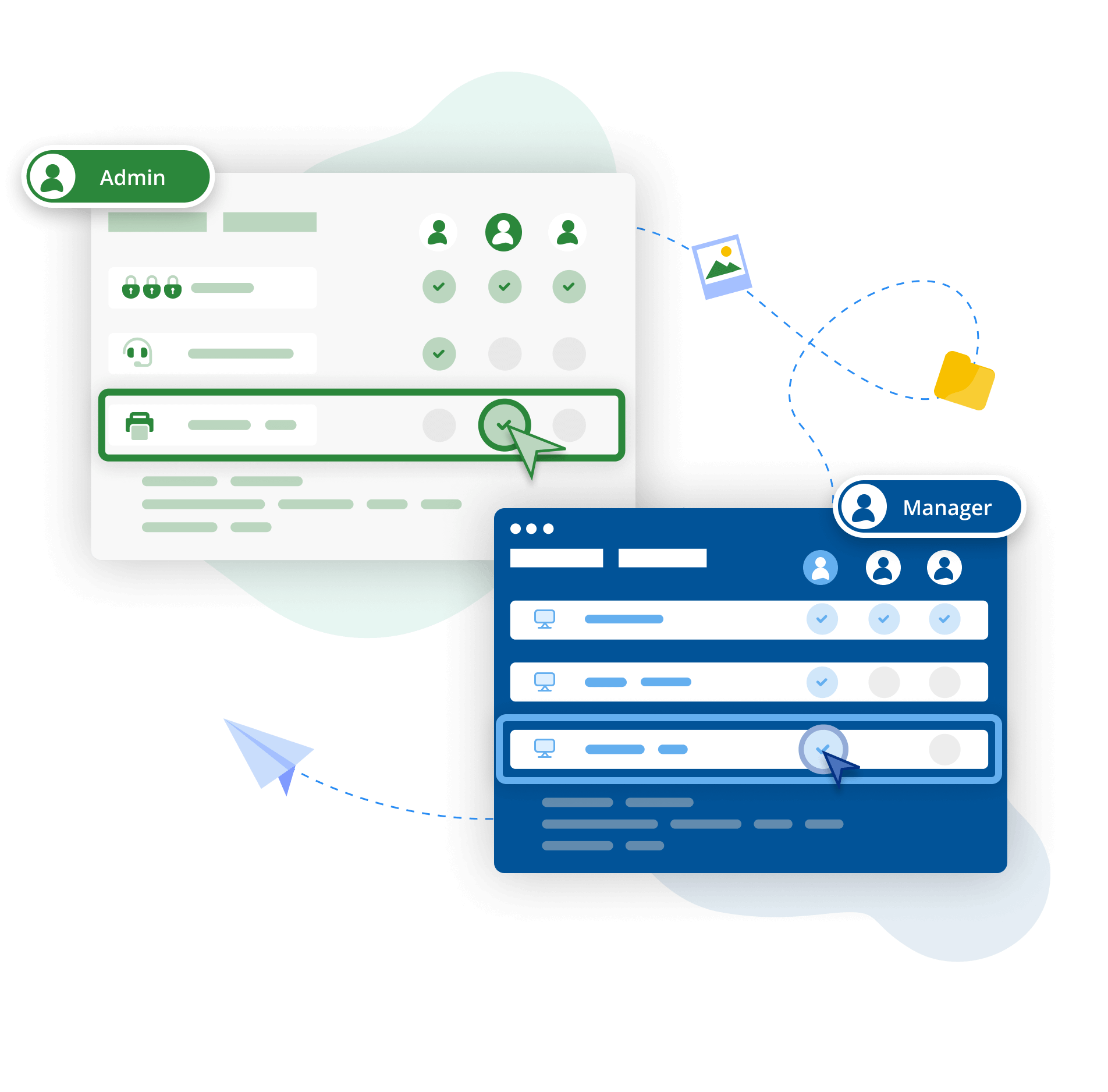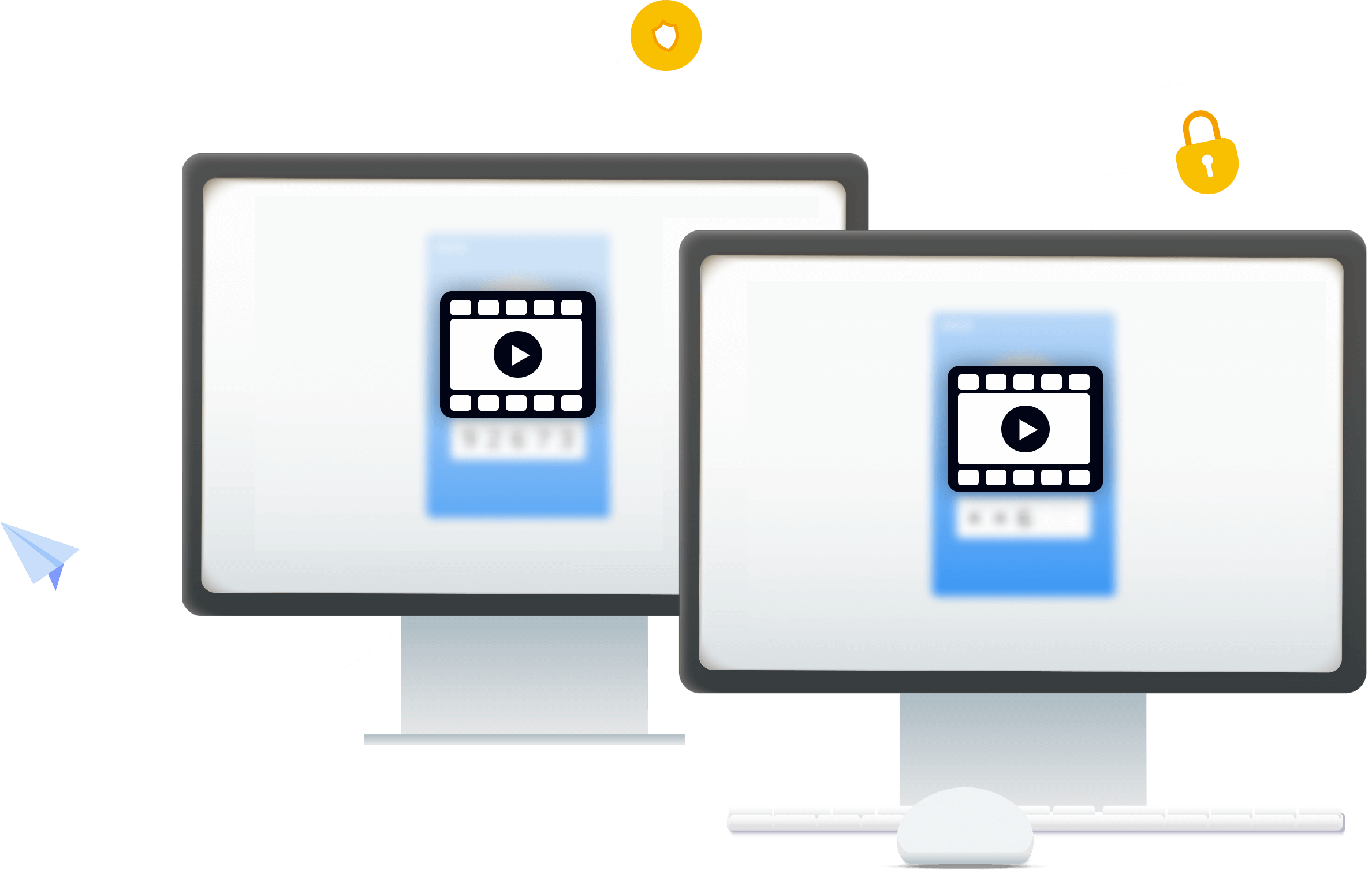Access IoT Device VNC: The Ultimate Guide To Secure Remote Connections
Hey there, tech-savvy friend! Ever wondered how you can access your IoT devices through VNC? Well, buckle up because we’re diving deep into the world of remote connectivity. Accessing IoT devices via VNC is not just about convenience; it’s about taking control of your smart tech from anywhere in the world. Whether you're a home user or an enterprise looking to streamline operations, understanding VNC for IoT devices is a game-changer.
In today’s hyper-connected world, IoT devices are everywhere. From smart thermostats to industrial sensors, these gadgets are revolutionizing the way we live and work. But what happens when you need to manage them remotely? That’s where VNC comes in. VNC, or Virtual Network Computing, allows you to access and control your IoT devices as if you were sitting right in front of them.
This guide is your one-stop-shop for everything you need to know about accessing IoT devices through VNC. We’ll cover the basics, the benefits, potential challenges, and how to set everything up securely. So, let’s get started and make sure your IoT devices are always within reach!
- Simon Cowells Son Receives Devastating Autism Diagnosis
- Julie Gonzalos Scar An Enigmatic Feature Explored
Table of Contents:
- What is VNC?
- IoT Devices Overview
- Why Use VNC for IoT?
- Setting Up VNC for IoT Devices
- Security Considerations
- Common Issues and Troubleshooting
- Best Practices for VNC Access
- Real-World Applications
- Future Trends in IoT and VNC
- Conclusion
What is VNC?
VNC, or Virtual Network Computing, is like having a remote control for your computer or IoT device. It allows you to access and control another device from anywhere, as long as you have an internet connection. Think of it as a digital handshake that lets you interact with your gadgets even when you're miles away.
Originally developed in the late '90s, VNC has evolved into a powerful tool for managing remote systems. It works by transmitting screen updates and user inputs over the network, giving you a live view of the remote device. Whether you're troubleshooting a smart thermostat or monitoring industrial equipment, VNC makes it possible.
- Watch Shocking Cctv Footage Of Kid And Moms Close Encounter
- Uncovering The Truth The Children Of Katt Williams
How VNC Works
Here's a quick breakdown of how VNC operates:
- Server Side: The device you want to control runs a VNC server.
- Client Side: Your computer or mobile device runs a VNC client.
- Connection: The client connects to the server, allowing you to see and control the remote device.
It's pretty straightforward, right? But when it comes to IoT devices, there are a few extra steps to ensure everything runs smoothly. Let's dive deeper into that next!
IoT Devices Overview
IoT, or the Internet of Things, refers to the network of physical devices embedded with sensors, software, and connectivity. These devices range from simple home gadgets like smart bulbs to complex industrial machinery. The beauty of IoT is that it allows devices to communicate and exchange data, creating a more interconnected world.
When it comes to accessing these devices remotely, VNC offers a practical solution. Whether you're managing a smart home or overseeing an entire factory, VNC provides the tools you need to stay in control. But before you start setting things up, it's important to understand the different types of IoT devices and their specific requirements.
Types of IoT Devices
Here are some common IoT devices you might want to access via VNC:
- Smart Home Devices: Thermostats, security cameras, and lighting systems.
- Industrial IoT: Sensors, machines, and monitoring systems.
- Healthcare IoT: Medical devices and wearable tech.
Each type of device has its own set of challenges and opportunities when it comes to remote access. Understanding these differences will help you make the most of VNC for your specific needs.
Why Use VNC for IoT?
So, why choose VNC over other remote access solutions? There are several compelling reasons:
1. Simplicity: VNC is easy to set up and use, even for those who aren’t tech wizards. You don’t need to be a coding guru to get it working.
2. Versatility: VNC supports a wide range of devices and operating systems, making it a versatile choice for IoT applications.
3. Security: With the right configurations, VNC can provide a secure connection, protecting your data and devices from unauthorized access.
4. Cost-Effective: Many VNC solutions are free or low-cost, making them an attractive option for both individuals and businesses.
These benefits make VNC a top choice for anyone looking to access their IoT devices remotely. But remember, with great power comes great responsibility. Let’s talk about how to set it up securely next.
Setting Up VNC for IoT Devices
Setting up VNC for your IoT devices is a straightforward process, but it does require some attention to detail. Here’s a step-by-step guide to help you get started:
Step 1: Install the VNC Server
First, you’ll need to install a VNC server on your IoT device. This can usually be done through the device’s software settings or by using a third-party application. Make sure to choose a reputable VNC server to ensure security and reliability.
Step 2: Configure the Server
Once the server is installed, you’ll need to configure it to suit your needs. This includes setting up passwords, defining access permissions, and choosing the right settings for your device.
Step 3: Install the VNC Client
Next, you’ll need to install a VNC client on the device you’ll be using to access your IoT gadgets. There are plenty of options available, so choose one that works best for your platform.
Step 4: Connect to the Server
Finally, use the VNC client to connect to the server on your IoT device. Enter the necessary credentials, and you’ll be good to go!
It’s as simple as that. But don’t forget to take security measures to protect your connection. Let’s explore those next.
Security Considerations
Security is a top priority when it comes to accessing IoT devices via VNC. Here are some key considerations to keep in mind:
1. Strong Passwords: Use complex passwords that include a mix of letters, numbers, and symbols. Avoid using easily guessable information like birthdays or pet names.
2. Encryption: Ensure that your VNC connection is encrypted to protect your data from prying eyes. Most modern VNC solutions offer encryption as a standard feature.
3. Firewall Settings: Configure your firewall to only allow trusted IP addresses to access your VNC server. This adds an extra layer of protection against unauthorized access.
4. Regular Updates: Keep both your VNC software and IoT devices up to date with the latest security patches and updates.
By following these security best practices, you can enjoy the convenience of VNC without compromising the safety of your devices.
Common Issues and Troubleshooting
Even with the best setup, you might encounter some issues when using VNC for IoT devices. Here are a few common problems and how to fix them:
1. Connection Issues: If you’re having trouble connecting to your VNC server, check your network settings and make sure both devices are on the same network.
2. Slow Performance: A slow connection can be frustrating. Try optimizing your VNC settings or upgrading your internet connection for better performance.
3. Security Alerts: If you receive security alerts, double-check your settings and ensure that all software is up to date.
By addressing these issues promptly, you can maintain a smooth and reliable VNC connection for your IoT devices.
Best Practices for VNC Access
To get the most out of VNC for your IoT devices, here are some best practices to follow:
- Regularly Monitor Connections: Keep an eye on who’s accessing your devices to prevent unauthorized use.
- Limit Access: Only grant access to trusted users and devices.
- Document Settings: Keep a record of your VNC configurations for easy reference.
These practices will help you maintain a secure and efficient VNC setup for your IoT devices.
Real-World Applications
VNC for IoT devices isn’t just a theoretical concept; it’s being used in real-world applications across various industries. Here are a few examples:
1. Smart Homes: Homeowners use VNC to manage their smart thermostats, lighting systems, and security cameras from anywhere.
2. Industrial Automation: Manufacturers rely on VNC to monitor and control machinery in remote locations.
3. Healthcare: Medical facilities use VNC to access patient data and manage medical devices securely.
These applications demonstrate the versatility and value of VNC for IoT devices in different sectors.
Future Trends in IoT and VNC
As technology continues to evolve, the future of IoT and VNC looks promising. Here are some trends to watch out for:
1. Increased Security: With more devices coming online, security will become an even bigger focus for VNC solutions.
2. AI Integration: Artificial intelligence will play a bigger role in optimizing VNC performance and enhancing user experience.
3. 5G Connectivity: The rollout of 5G networks will enable faster and more reliable VNC connections for IoT devices.
These trends will shape the future of remote access for IoT devices, making it more powerful and accessible than ever before.
Conclusion
Accessing IoT devices via VNC is a powerful way to stay connected and in control, no matter where you are. From smart homes to industrial automation, the applications are endless. By following the steps outlined in this guide and adhering to best practices, you can set up a secure and efficient VNC system for your IoT devices.
So, what are you waiting for? Dive into the world of remote connectivity and take your IoT experience to the next level. Don’t forget to leave a comment or share this article if you found it helpful. And hey, if you have any questions or need further assistance, feel free to reach out. Let’s keep the conversation going!



Detail Author:
- Name : Jackeline Bayer I
- Username : griffin.glover
- Email : elsa06@ohara.com
- Birthdate : 1981-12-29
- Address : 6112 Cristian Station Apt. 701 Sipesberg, AK 16388
- Phone : 1-973-974-6012
- Company : Kohler-Bartell
- Job : Pipelayer
- Bio : Nobis consequatur quisquam ipsum excepturi ea hic natus nulla. Saepe iusto est est nostrum dicta. Qui voluptatem et esse reiciendis.
Socials
twitter:
- url : https://twitter.com/kpowlowski
- username : kpowlowski
- bio : Odio suscipit molestiae animi reiciendis. Autem dolore aut ipsa iusto. Et fugit vel error dolor et.
- followers : 3775
- following : 2318
instagram:
- url : https://instagram.com/kayleypowlowski
- username : kayleypowlowski
- bio : Harum perspiciatis tenetur facilis fugit ullam. Fugit maxime hic voluptas sunt tenetur.
- followers : 4534
- following : 2951
tiktok:
- url : https://tiktok.com/@kpowlowski
- username : kpowlowski
- bio : Odit velit sunt id aut consequatur.
- followers : 4836
- following : 2622